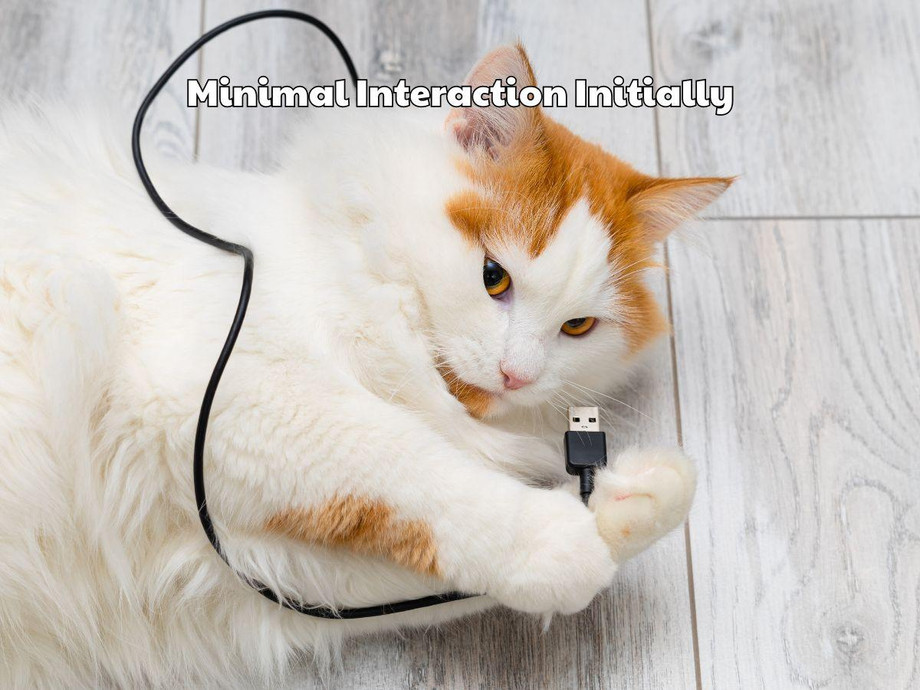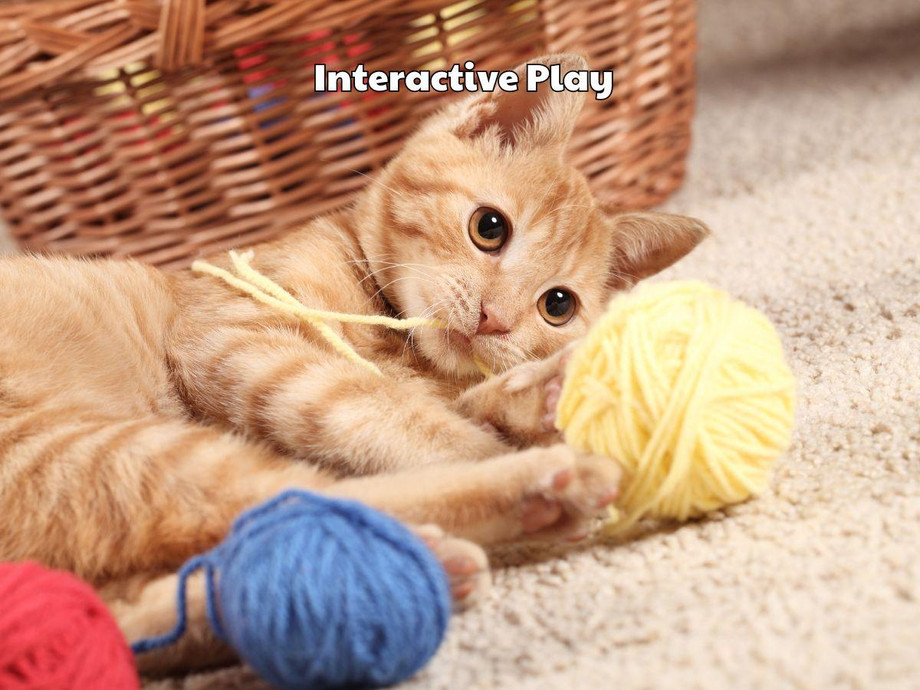Bringing a new cat into your home is an exciting experience. It's like adding a new member to your family – one with whiskers, a penchant for naps, and an uncanny ability to steal your heart. However, the transition can be a bit tricky, especially if you already have pets. Let’s explore some essential tips for making this introduction smooth and stress-free for everyone involved.
The Preparation Phase
Before your new feline friend sets paw in your home, preparation is key. Think of it as preparing for a guest – one that may stay for the next 15 years or so.
-
Create a Safe Space: Set up a quiet, comfortable area for your new cat. This could be a spare room or a corner of your home. Equip this space with essentials like a bed, litter box, food and water bowls, and some toys. This safe space helps your new cat acclimate without feeling overwhelmed.
-
Cat-Proof Your Home: Cats are curious creatures. Make sure to cat-proof your home by securing loose wires, removing toxic plants, and ensuring there are no small objects they might swallow. Your new cat will explore every nook and cranny, so it's better to be safe than sorry.
-
Stock Up on Supplies: Gather all necessary supplies such as cat food, treats, scratching posts, and grooming tools. This way, you're not scrambling at the last minute and can focus entirely on your new pet.
- Customize a gift for you and your pet with embroidered apparel of your pet portrait.
The Arrival
When the big day arrives, it's important to remain calm and patient. Your new cat might be a bit nervous or scared, and that’s perfectly normal.
-
Transport with Care: Use a secure carrier to bring your cat home. The carrier should be cozy and familiar – consider putting a blanket or toy in it that has their scent.
-
Introduce the Safe Space: Immediately place your new cat in their safe space. Allow them to explore at their own pace. Some cats might hide for a while, while others may start exploring immediately. Respect their pace and avoid forcing interaction.
-
Minimal Interaction Initially: Give your new cat some time to adjust to their surroundings. Limit interactions and let them come to you when they’re ready. This helps build trust and reduces stress.
Meeting the Resident Pets
Introducing your new cat to other pets requires a bit of finesse. It’s a gradual process that shouldn’t be rushed.
-
Scent Swapping: Before the face-to-face meeting, allow your pets to get used to each other's scent. Swap bedding or use a soft cloth to rub each pet and place it in the other’s area. This way, they become familiar with each other’s scent in a non-threatening manner.
-
Controlled Meetings: Once both pets seem comfortable with the scent exchange, it’s time for a controlled introduction. Use a baby gate or keep one pet in a carrier. This allows them to see and smell each other without direct contact.
-
Short Interactions: Keep initial interactions short and positive. Reward both pets with treats and praise. Gradually increase the duration of these meetings as long as both pets remain calm.
-
Supervised Playtime: When you’re confident they can handle being in the same space, let them interact freely but under supervision. Watch for signs of aggression or stress, and separate them if needed.
Building a Bond
The transition doesn’t end with the initial introduction. Building a bond with your new cat takes time and effort.
-
Routine and Consistency: Cats thrive on routine. Establish a feeding, play, and grooming schedule to give your new cat a sense of security.
-
Interactive Play: Engage in interactive play sessions to build trust and provide mental and physical stimulation. Toys like feather wands, laser pointers, and puzzle feeders are great for this.
-
Patience and Understanding: Understand that every cat is different. Some may take days to adjust, while others might take weeks. Be patient and let your cat set the pace for how the relationship develops.
Common Challenges and Solutions
-
Hiding: If your new cat is hiding, don’t force them out. Make sure they have access to food, water, and a litter box. Spend time in the room, talking softly or reading aloud, so they get used to your presence.
-
Hissing and Growling: This is a normal part of establishing territory and boundaries. Don’t punish your cat for this behavior. Instead, provide separate spaces and gradually increase their exposure to each other.
-
Not Eating: Stress can cause a temporary loss of appetite. Ensure the food is fresh and try offering a variety of options. If your cat doesn’t eat for more than 48 hours, consult a vet.
Conclusion
Bringing a new cat into your home is a rewarding experience filled with joy, purrs, and the occasional challenge. By preparing adequately, introducing your new pet patiently, and building a bond through consistent care and love, you’ll ensure a smooth transition for everyone involved. Remember, patience is key, and every small step towards familiarity is a victory in itself.
Find out more about The Perfect Gift for Pet Lovers at: https://www.tumblr.com/craftabout/753767429280284672/the-perfect-gift-for-pet-lovers?source=share
FAQs
-
How long does it take for a new cat to adjust?
- Every cat is different, but most take a few weeks to a few months to fully adjust to a new home.
- Every cat is different, but most take a few weeks to a few months to fully adjust to a new home.
-
Can I introduce my new cat to a dog the same way?
- The process is similar but requires extra caution. Always supervise interactions and ensure the dog is calm and controlled.
- The process is similar but requires extra caution. Always supervise interactions and ensure the dog is calm and controlled.
-
What if my new cat keeps hiding?
- It’s normal for cats to hide initially. Give them time and ensure their hiding spot is comfortable and accessible.
- It’s normal for cats to hide initially. Give them time and ensure their hiding spot is comfortable and accessible.
-
How can I tell if my new cat is stressed?
- Signs of stress include hiding, not eating, excessive grooming, or aggression. Provide a calm environment and consult a vet if needed.
- Signs of stress include hiding, not eating, excessive grooming, or aggression. Provide a calm environment and consult a vet if needed.
-
Is it better to adopt a kitten or an adult cat?
- Both have their advantages. Kittens require more training but adapt easily, while adult cats may be more independent and less energetic. Choose based on your lifestyle and preferences.
- Both have their advantages. Kittens require more training but adapt easily, while adult cats may be more independent and less energetic. Choose based on your lifestyle and preferences.




